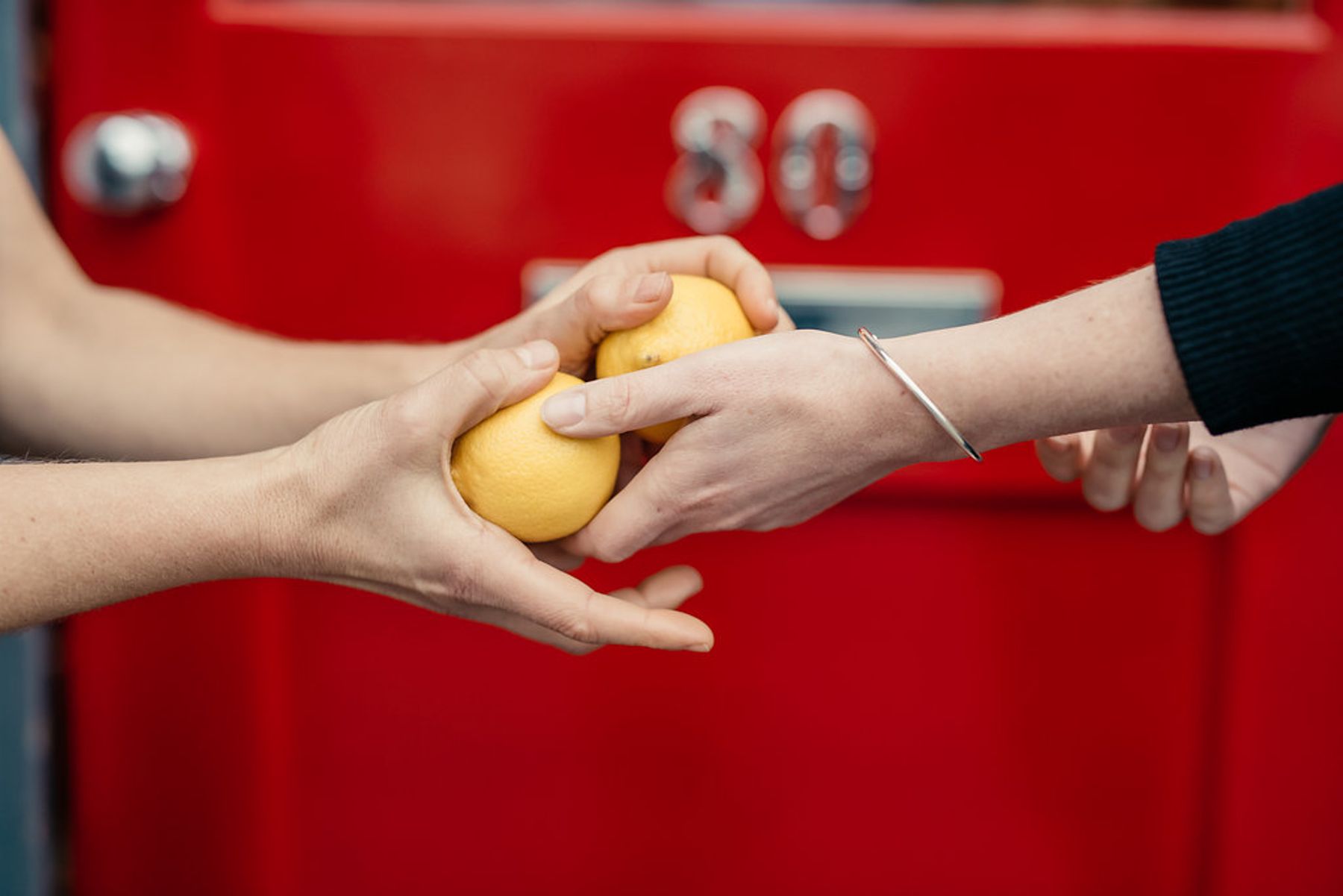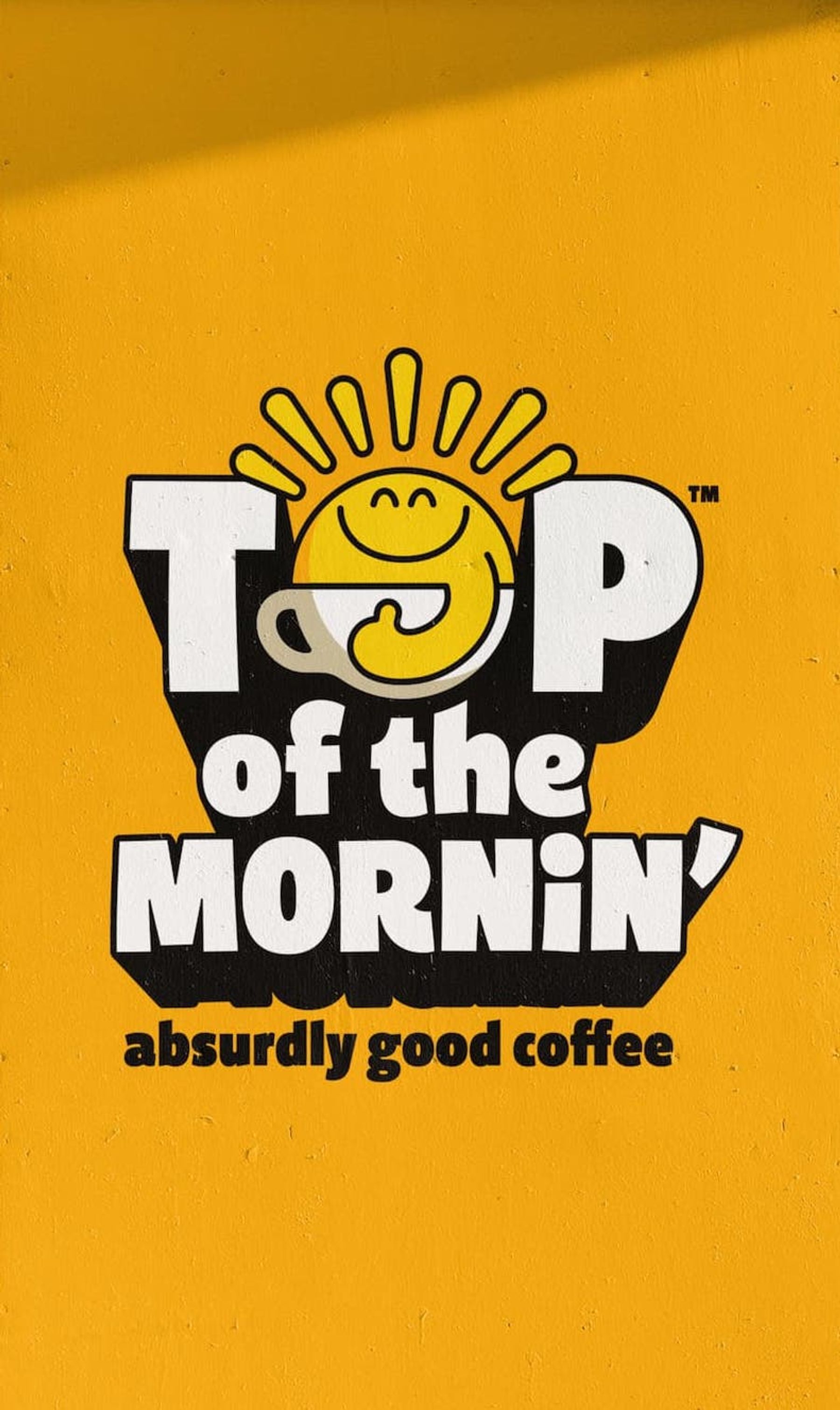Brand isn’t the beautiful wrapping - it’s what’s inside the candy. AUFI client Victoria Rusnac discusses what businesses get wrong about branding, and how to handle that difficult ‘second album’ stage after the big rebrand.
Victoria Rusnac is a fractional CMO and marketing consultant who’s worked at major brands including Nestlé, Orange and EE, as well as newcomer businesses such as online learning platform Nexford University and AI-personalised exercise bike CAROL Bike. She specialises in branding, marketing and startup growth, most recently rebranding CAROL Bike in partnership with Accept & Proceed.
- Emma TuckerIs it fair to say you’ve got strong opinions on what people are getting wrong about branding, and its relationship with design?
Victoria RusnacI think there’s a huge misunderstanding of what a brand is. In the past, branding was heavily associated with logos, packaging and advertising. A brand was a layer on top of the product that communicated its emotional benefit. A brand’s objective was to elevate an emotion with no link to the functional benefits of the product.
Marlboro stood for ‘masculinity’ and ‘adventure’; Coca-Cola owned the territory of ‘happiness’, which was strongly portrayed in their advertising. Nowadays, consumers are too educated. They have far too many choices and their expectations are too high to get away with shallow branding. Brands before were saying: ‘Look at me, listen to me, this is why I’m wonderful, pay attention’. Brands now are saying, ‘Here’s what I understand about your needs and here’s how I am here to help’.
“I think it’s really important for people to understand that brand is not only beautiful wallpaper. It’s not the wrapper, it’s what’s inside the candy.”
Victoria Rusnac - fractional CMO and marketing consultant
- ETHow would you define a brand?
VRIf you ask what a brand is, it’s positioning – and this is the most important part. Whenever you do a brand project you do brand strategy – purpose, vision, tone of voice and values – and from that you find the ultimate positioning. Then it’s about how you translate that into design and visuality. I feel like what’s happening in the market is a lot of people look at a brand and go, ‘Oh it’s all design’, and they see it very superficially. I think it’s really important for people to understand that brand is not only beautiful wallpaper. It’s not the wrapper, it’s what’s inside the candy.
- ETI think sometimes companies feel like a new logo is going to fix a lot of problems.
VRI advise brands to start with an audit. For example, I was interim CMO at CAROL Bike for three months to help the company figure out what they were doing wrong, and because I was new and unbiased, I could look at the brand realistically.
For me, there’s two ways of looking at the brand: first you look at the consumer insights. I’ll talk to customer care and sales and understand why something isn’t selling and what people think about the business. The second way is to look at competitors and the visuality of the category. In the fitness industry, for example, the level of design visuality is very high – you’re talking about mega brands with amazing design. Customers and distributors just didn’t perceive CAROL Bike as appealing. Consumers also said they didn’t know how to communicate the product to friends. So my suggestion to shareholders and the founder was that the only way for the company to grow is to rebrand.
Brand is not a vanity project. As a CMO I can tell you it’s much easier to launch two new acquisition channels than to do a rebrand. It should be an ROI project that removes the blocking points for the growth of the company.



- ETCAROL Bike is at scaleup stage, and I wondered if you had thoughts on how businesses of this size can identify when it’s time to tweak their brand, or overhaul it completely?
VRThere are multiple scenarios. Maybe you have consumer insights that need to be addressed. Perhaps you changed your segment – initially you had first adopters who might be more advanced users, and now you need to go into more of a mainstream market.
Your product might have changed completely, so it might be that you started with software that was for scheduling meetings, for example, and now it’s evolved into a hub of lots of different things, like Mailchimp. It might also be that competitors have improved their brand visuals very strongly, or are positioning themselves in the same territories as you are.
- ETOnce you’ve realised your brand needs some work, how do you formulate a strategy ahead of meeting a creative agency?
VRA lot of marketers like to hire market research companies, or they prefer a brand agency to do it. I like to do it myself, because it gives me a clear understanding of the market, the consumer, my competitors and where I’m missing something. It’s really important to understand the ‘job’ the product is doing using a ‘jobs to be done’ framework. And it might be multiple jobs your product is doing in the life of a consumer. Then you can give a really good brief to the agency saying, this is what I see, this is what I have, and this is where we’re missing the point.


“Briefing is really important; it’s an exercise of empathy.”
- ETWhen you’ve got all that information together, what’s your advice for managing a branding project with an agency? How do you get the best work?
VRBriefing is really important; it’s an exercise of empathy, and the more senior you are the better your briefs. What I say to all my marketing team is: ‘shit in, shit out’. If you write a shitty brief, you get a shitty outcome. So I really ask myself what an outsider should know about my company, my brand and my consumers to enable them to do the best work. I share as much quantitative data and consumer insight as possible.
- ETWhat about the process of assessing and feeding back on work?
VRGive very detailed feedback that is focused on ‘why’ rather than ‘how’. I don’t tell agencies, ‘This is how I want you to do it’ or ‘This is what I want’. I say, ‘This is why what you suggested is not working’ and, ‘This is why, this is the context you’re missing’.
“If you don’t have brand strategy experience, I advise starting by hiring a brand strategist.”
- ETI wanted to talk about budget, because I think people sometimes aren’t sure what things should cost. Would you have advice for founders that are trying to figure that out?
VRIf you don’t have brand strategy experience, I advise starting by hiring a brand strategist. If you don’t know exactly why your product exists and what’s so unique about it, then all the work you’ll be doing on your website, social media and paid advertising will be sub-par. Brand strategists normally cost around £10 or £15k, so it’s a good investment, and off the back of the brand strategy you’ll also receive messaging you can use in sales, website and emails.
Then you might invest in a brand agency. In my experience, I’ve worked with agencies that charge £10k for a visual identity – but that will be very limited touchpoints – and I’ve worked with others that charge around £150k. With time you either hire a designer or you come back to the agency and work on more touchpoints, so they can look at everything as an iteration. That also allows you to test your brand in real life to see that it’s practically useful.


- ETI know that challenges can also crop up post-rebrand. How do you make sure it’s deployed successfully across the business?
VRFirst of all, I would do a launch plan. It’s a huge document saying how I’m going to launch the brand across marketing, customer care, software, etc. It identifies how we implement the positioning in sales and customer care, even in product and software. Then I identify all the relevant touchpoints that need rebranding.
It’s useful to get support from your brand agency three months post-rebranding, so every month or every two weeks you meet to discuss assets you produce, and they give you feedback and creative guidance. Another way is hiring a part-time Creative Director to give feedback to your junior designers.
And my last piece of advice is around brand assets. If there’s photography or video that’s important, a lot of companies might think they can do it themselves. I advise that the first brand assets are made with an agency’s supervision, to guarantee the branding is transformed correctly. Once you have those videos or photography it’s much easier to do a second or third batch on your own.
So to summarise: first, think about how you’re going to implement the brand in all touchpoints. Second: think about how you’re going to upgrade your team; it’s a journey of training. And third: don’t cut the relationship with the agency – get them in on creative supervision.



